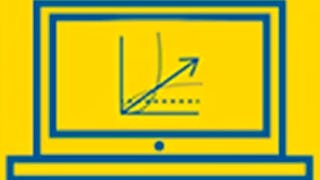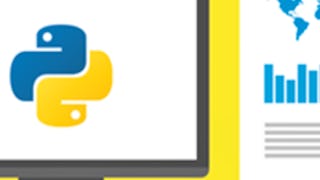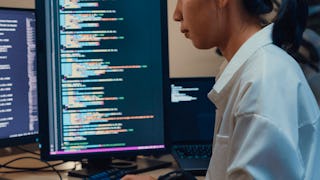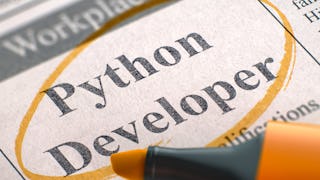Never have I come across a course half as interactive as this and it was a much needed confidence booster for a beginner like me. I look forward to completing the specialization : )



Understanding and Visualizing Data with Python
This course is part of Statistics with Python Specialization



Instructors: Brenda Gunderson
Access provided by Syrian Youth Assembly
150,040 already enrolled
(2,706 reviews)
Recommended experience
What you'll learn
Properly identify various data types and understand the different uses for each
Create data visualizations and numerical summaries with Python
Communicate statistical ideas clearly and concisely to a broad audience
Identify appropriate analytic techniques for probability and non-probability samples
Skills you'll gain
- Probability & Statistics
- Sampling (Statistics)
- NumPy
- Python Programming
- Jupyter
- Statistical Methods
- Statistical Inference
- Statistical Analysis
- Statistical Visualization
- Data Visualization
- Statistics
- Box Plots
- Descriptive Statistics
- Exploratory Data Analysis
- Data Visualization Software
- Matplotlib
- Data Analysis
- Histogram
Details to know

Add to your LinkedIn profile
See how employees at top companies are mastering in-demand skills

Build your subject-matter expertise
- Learn new concepts from industry experts
- Gain a foundational understanding of a subject or tool
- Develop job-relevant skills with hands-on projects
- Earn a shareable career certificate

Why people choose Coursera for their career




Learner reviews
2,706 reviews
- 5 stars
75.97%
- 4 stars
18.40%
- 3 stars
3.51%
- 2 stars
0.99%
- 1 star
1.10%
Showing 3 of 2706
Reviewed on Jun 2, 2020
Reviewed on Sep 28, 2021
I've learned so much about the Python programming as well as general statistical skills. This course also lead me to change my initial university's major from Finance to Data Science.
Reviewed on Mar 2, 2021
20 studying hours that helps me getting back to speed on manipulating the quantitative data in Pandas with different query conditions, powerful statistics and Sampling Distributions.



